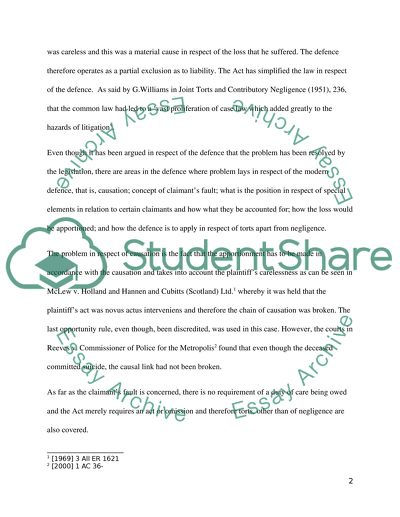Cite this document
(Limitations of Liability in Respect of Tortuous Liability Essay Example | Topics and Well Written Essays - 1250 words, n.d.)
Limitations of Liability in Respect of Tortuous Liability Essay Example | Topics and Well Written Essays - 1250 words. https://studentshare.org/environmental-studies/1413272-limitations-of-liability-in-respect-of-tortuous-liability
Limitations of Liability in Respect of Tortuous Liability Essay Example | Topics and Well Written Essays - 1250 words. https://studentshare.org/environmental-studies/1413272-limitations-of-liability-in-respect-of-tortuous-liability
(Limitations of Liability in Respect of Tortuous Liability Essay Example | Topics and Well Written Essays - 1250 Words)
Limitations of Liability in Respect of Tortuous Liability Essay Example | Topics and Well Written Essays - 1250 Words. https://studentshare.org/environmental-studies/1413272-limitations-of-liability-in-respect-of-tortuous-liability.
Limitations of Liability in Respect of Tortuous Liability Essay Example | Topics and Well Written Essays - 1250 Words. https://studentshare.org/environmental-studies/1413272-limitations-of-liability-in-respect-of-tortuous-liability.
“Limitations of Liability in Respect of Tortuous Liability Essay Example | Topics and Well Written Essays - 1250 Words”. https://studentshare.org/environmental-studies/1413272-limitations-of-liability-in-respect-of-tortuous-liability.


